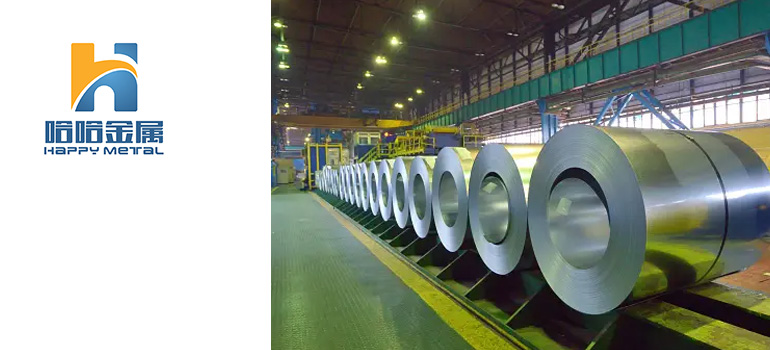When we talk about stainless steel products, stainless steel coils and stainless steel plates are the two most common forms. They have significant differences in material thickness, size, usage, surface treatment, cost factors, and processing. In this blog article, we will delve into these differences to help you better understand how to choose stainless steel materials that are suitable for your needs.

1. Thickness and dimensions:
Stainless steel coils are usually thin and long rolled materials. Their thickness typically ranges from 0.02 inches (0.5 millimeters) to 0.2 inches (5 millimeters). This thin and soft shape makes stainless steel coils very useful in applications that require curves or bends. Due to their small size, stainless steel coils are usually provided in the form of coils, making them easy to store and transport.
Compared to stainless steel plates, they are usually thicker and larger in size. The thickness range of stainless steel plates is typically 0.2 inches (5 millimeters) to 0.5 inches (12 millimeters) or thicker. Due to its large size, stainless steel plates are very useful in applications that require larger areas.
2. Purpose:
Stainless steel coils are typically used in applications that require thin sheet materials, where bending or curling is necessary. This includes home appliance manufacturing, such as stainless steel refrigerators, dishwasher doors, etc. Stainless steel coils are also commonly used in automobile manufacturing, especially in the production of car casings, to provide a smooth appearance and protective performance. In addition, the metal packaging industry also uses stainless steel coils, such as for food packaging.
Stainless steel plates are usually more suitable for applications that require thicker and stronger materials. This includes building structures such as stainless steel stairs, railings, and columns. Stainless steel plates are also commonly used in manufacturing industrial equipment to provide durability and corrosion resistance. Food processing equipment is usually made of stainless steel plates because their surface is smooth and easy to clean, in order to meet hygiene requirements.
3. Surface treatment:
Stainless steel coils and stainless steel plates may differ in surface treatment. Stainless steel plates typically require a smoother surface because their use often requires stricter flatness and appearance. This can be achieved through various methods, including polishing, polishing, and pickling.
Relatively speaking, stainless steel coils may allow more curls or ripples, as their application may not necessarily require the same flatness as stainless steel plates. The surface treatment of stainless steel coils is usually less, as their main characteristic is thin and soft.
4. Cost factors:
Cost is an important factor when choosing stainless steel coils or plates. Generally speaking, stainless steel coils are relatively inexpensive because they use fewer materials and are relatively simple to manufacture and process. Stainless steel plates are usually more expensive because they require more raw materials and processing work.
When selecting materials, you need to carefully consider budget and cost factors to ensure that the selected stainless steel form meets your project budget.
5. Processing and cutting:
Stainless steel coils and stainless steel plates may require different methods for processing and cutting. Rolled materials usually require special equipment to unfold and cut, as they are rolled in shape. This needs to consider the length and width of the roll.
Stainless steel plates are relatively easy to machine because their flatness and size are more suitable for standard cutting and processing equipment. This makes stainless steel plates more flexible in applications that require special shapes.
When choosing between stainless steel coils and stainless steel plates, you need to consider the needs of the project, including material thickness, size, usage, surface treatment, cost, and processing. Understanding these differences will help you choose the most suitable stainless steel material for your project. Different applications require different materials, so it is crucial to ensure sufficient research and planning before starting the project.
I hope this blog article can help you better understand how to distinguish between stainless steel coils and stainless steel plates, and how to choose materials that are suitable for your needs. If you need more information or have any questions, please feel free to contact us at any time. We will wholeheartedly provide you with help and guidance.




